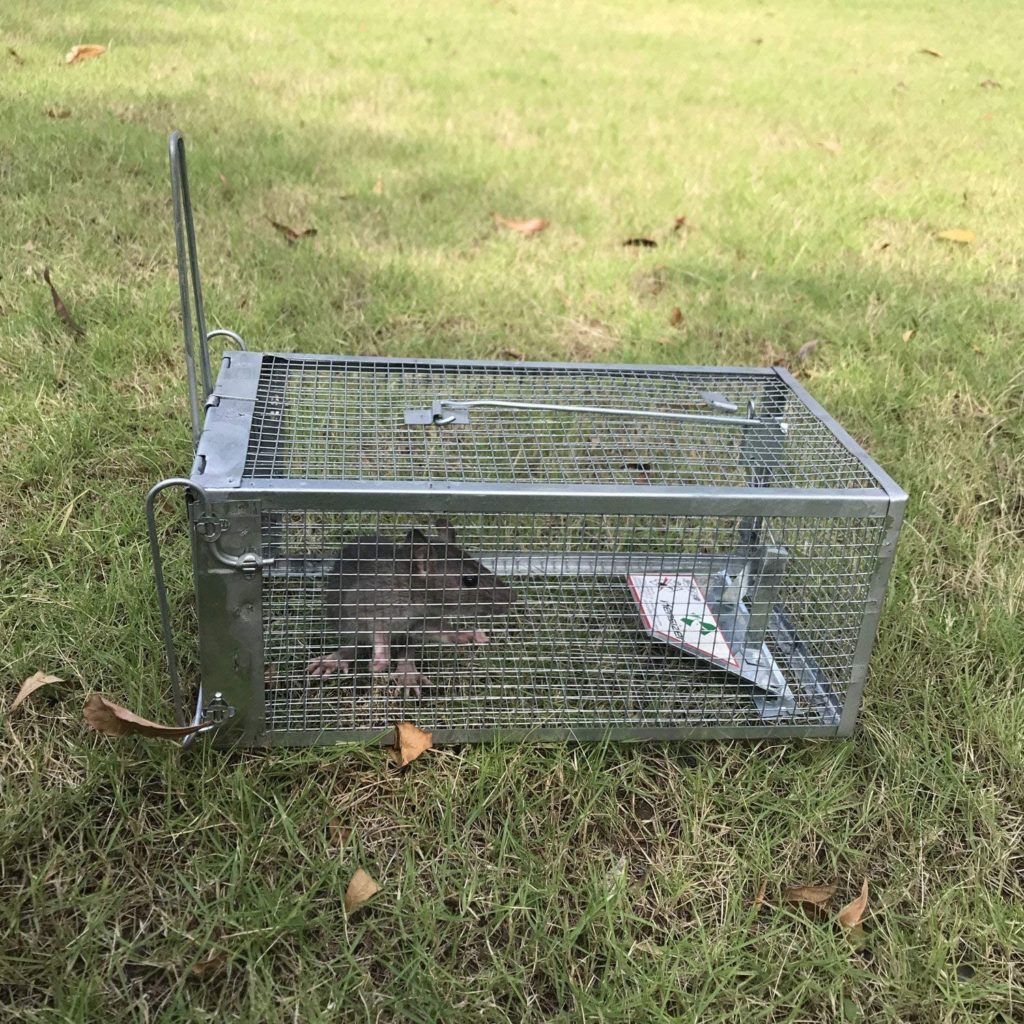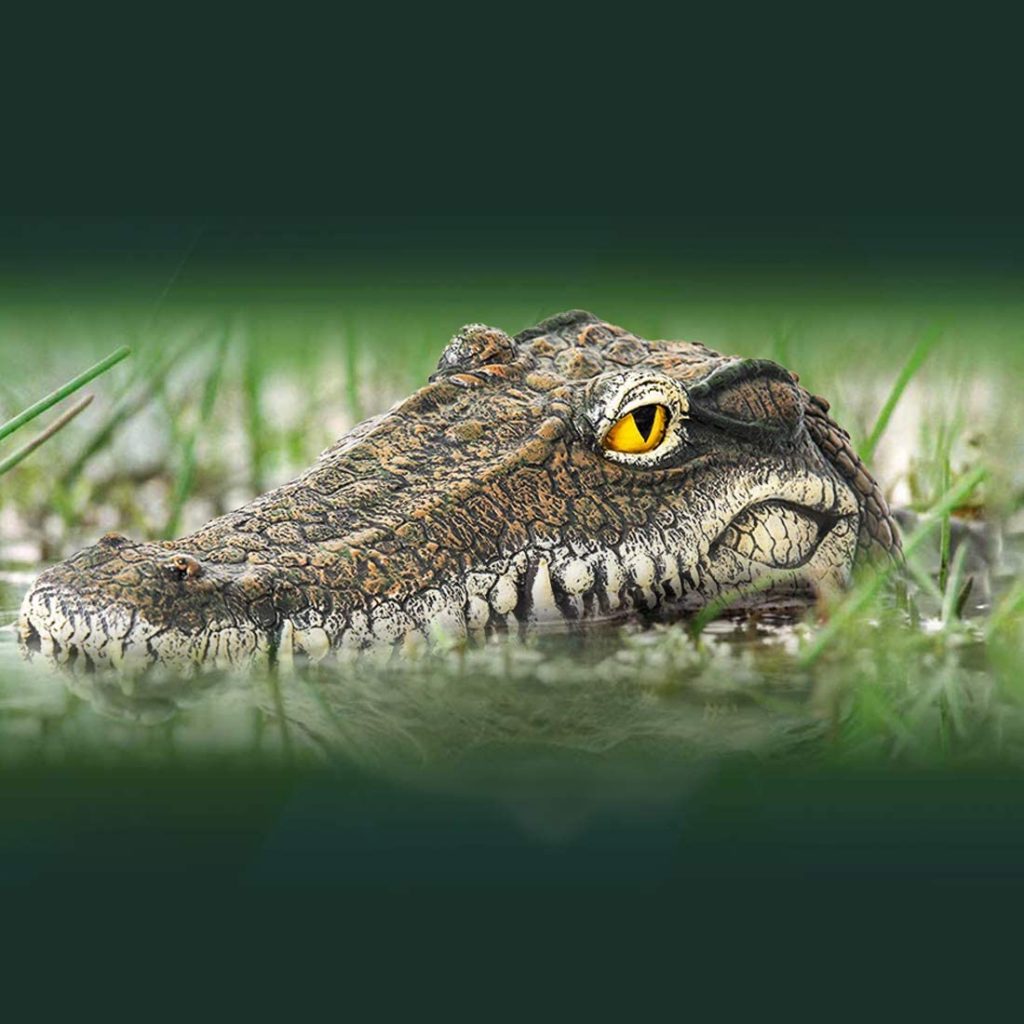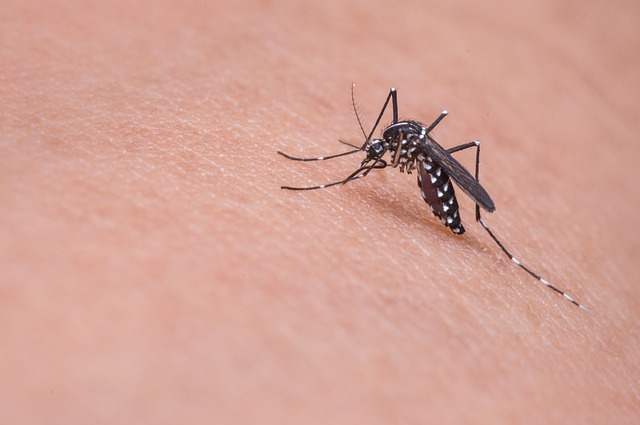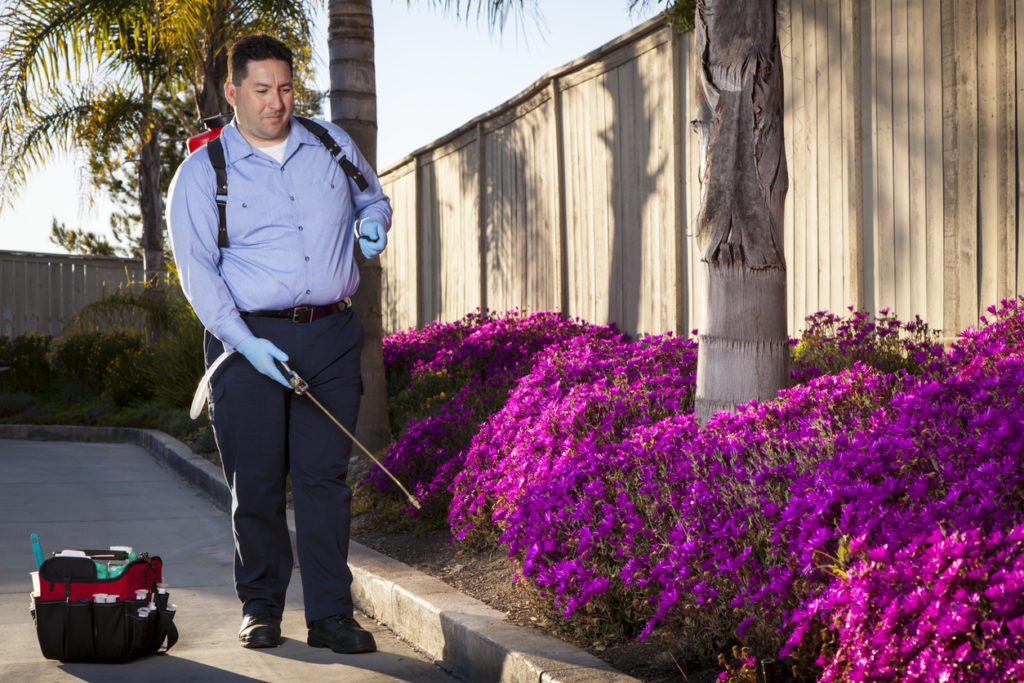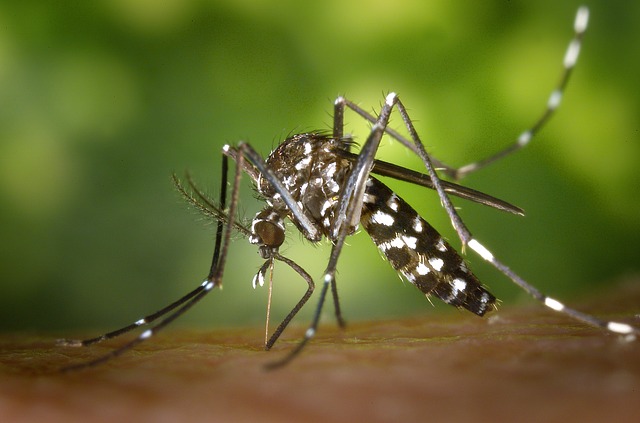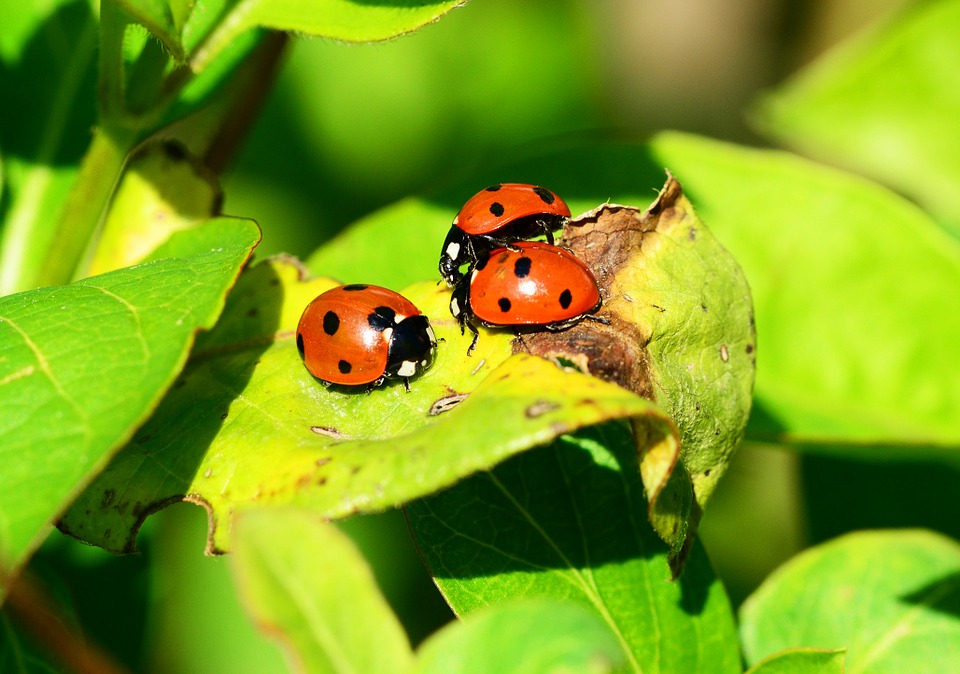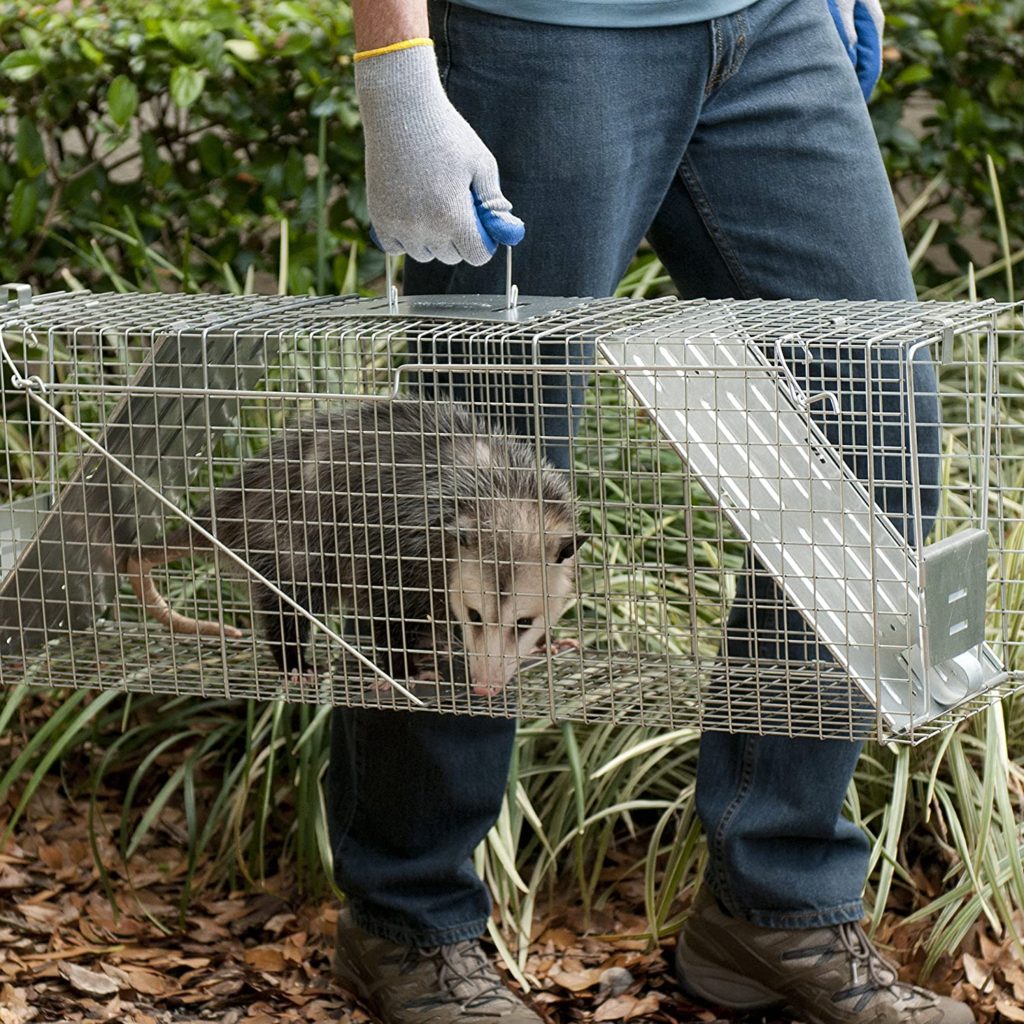
Pests can be a major hassle; they can cause costly damage, make a mess, and can even spread disease. Many homeowners choose to trap pests on their own using what are known as live animal cage traps. These traps are totally humane and allow you to safely relocate the pest to another location. And with the following tips, you’ll be sure to increase the odds that you’re successful when using them.
Should You Actually Trap This Animal?
Before you purchase or set up a live cage trap you’ll want to consider whether you should actually catch the animal at all. While setting a trap is one thing, relocating an animal once it’s caught is another. And some pests may get a bit aggressive.
Depending on the type of animal you’re trying to catch and your own personality, sometimes it’s better to call a professional pest control service to do the job for you. Also depending on where you live it may not even be legal to trap the specific animal you would like to remove. So be sure to check your local laws first.
If trapping isn’t legal or you don’t want to deal with traps or trapped animals using a predator decoy such as coyote, fox, or floating alligator decoy can often work to keep pests away as well. However, the type of decoy or deterrent you should use will depend on the specific pest species you are trying to deter.
Be Patient
Don’t get discouraged if you aren’t successful with your trap right away. Animals can be quite observant and anything out of the ordinary like traps are often avoided. With some patience, by following tips like the ones listed here you should be able to catch what you’re after.
Whether or not an animal decides to enter a live animal cage trap can depend on a range of different factors and circumstances. And of course, sometimes a bit of luck is needed as well. So don’t give up when you find your trap is empty. Simply be patient and don’t be afraid to change things up as needed. One simple alteration may be all it takes.
Choose An Appropriate Bait
Before setting a live animal trap, you will need to choose the appropriate bait. Each type of animal has specific foods that are known to attract it. For instance, canned fish is often placed in traps to lure opossums and skunks whereas cantaloupe is known to work very well for groundhogs. The right bait is crucial, so find out what your target species prefer and use it in your trap.
Habituate Pests To Your Trap
Because metal cages don’t naturally appear in the wild, many pests will avoid them. To help convince wary backyard pests that this new manmade object is safe, placing it un-set, in the area you will use it first can help. Putting the same bait you are planning to use around it or even on top of the live animal cage trap can help build confidence as well. And this can really increase your odds.
Check On Your Trap
Once you set your trap checking on it is essential. The longer an animal is left in a trap the more stressed it can become. Checking on your live animal cage trap is especially important in hot weather since a caught animal may not have any way to cool down. While you don’t want to check your trap so often that you scare pests away from entering your trap in the first place, once or twice a day is usually sufficient.
Employ Multiple Live Animal Cage Traps
If one trap doesn’t work, don’t hesitate to use more. In fact, professionals often use three or more at a time, especially when trying to catch smaller animals. By setting multiple live animal cage traps in various locations you can help to put the odds in your favor without much wasted time.
Start Shopping for Live Traps!
The Complete Alligator Decoy Guide
Buy on Amazon Trying to keep predators and pests out of your pond or pool can seem like an impossible task. It can be time-consuming, frustrating, and the damage they cause can be costly and messy. With an alligator decoy, you’ll be able to use their instincts against...
How To Keep Mosquitoes Away From Your Outdoor Living space
If you want to enjoy your outdoor living space during the warmer months without getting eaten alive by mosquitoes, then there is work to be done. Read on below to find out exactly how to keep these blood-sucking pests away from your backyard when the temperature heats...
Pest Control Planning-3 Methods That Are Safe For Your Home and Family
Just the thought of dealing with an infestation of insects or rodents can be enough to send homeowners into a panic. Yet at the same time, the idea of spraying dangerous chemicals on your property can also be unsettling. Fortunately, you don't have to compromise your...
4 Natural Ways to Pest-Proof Your Garden and Patio
Summer is fast approaching, which means it's time to plan out all the fun outdoor activities in your garden. Whether that's having a barbecue, starting a vegetable patch, or chilling in an outdoor pool, summer is the perfect time to take advantage of your garden and...
Green Tips for a Green Garden
Unwanted pests and unwanted weeds are always popping up in the garden. These can ruin flowers or other plants around the yard. Instead of using dangerous chemical pesticides as a means of pest control, there are organic alternatives that work just as well. Here are...
